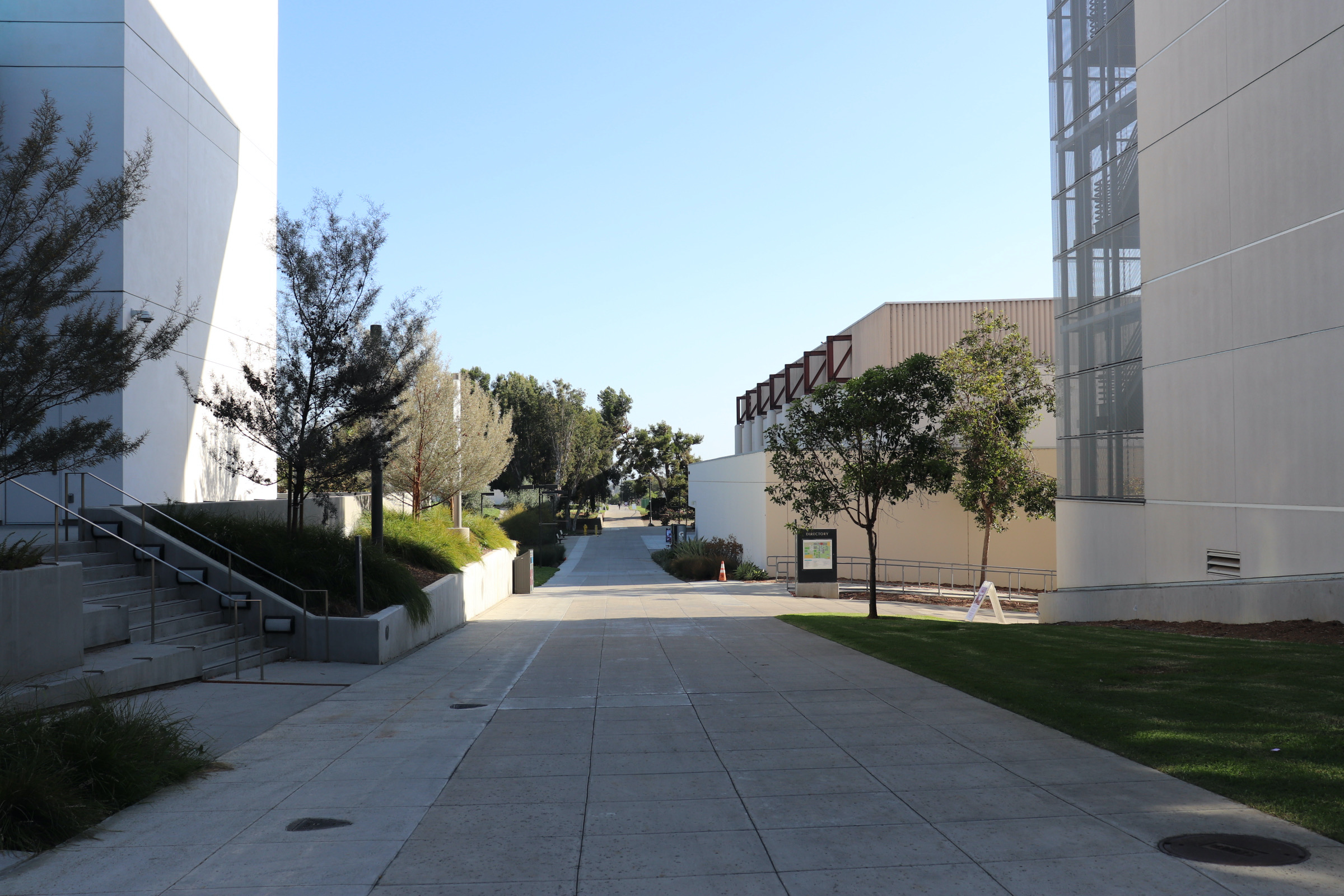Students and workers continue to adapt due to the ever-changing campus environment due to COVID-19.
By Chaz Kawamura, Senior Editor
As the middle is just around the corner, many students and staff members are starting to adapt to working on campus. Workers are trying to get used to being on campus after a long stint of helping students online.
They are also adapting to the changes such as the campus COVID-19 protocols for staff and student workers. For all employees, COVID-19 protocols include mask-wearing, weekly covid tests, and self-certification of vaccination. For student workers, they need to do a double certification for vaccination as employers and students.
“I had to get used to the schedule change. During the school semester, we work 20 hours,” said Jennifer Shedrack, a senior student assistant at the CSUDH Admissions office, “But because of the COVID, we were limited to a specific number of people in the office which resulted in limited working hours.” This is no longer the case as she is working more hours in person.
Shedrack is also finding the balance between the positives and negatives of in-person work. One of those positives is the face-to-face interaction with students. But the negative side is being on campus only for work and not for in-person classes, a situation where it leaves her trying to manage her time properly in order to make it to class.
Student workers are not the only ones affected by the change of working in person again. Many staff members at CSUDH are also trying to adjust.
For Admissions Customer Service Coordinator, Arturo Yepez, who has been working at CSUDH for just over ten years, this is another year of working on campus. Only this time, it’s a little different due to the COVID-19 protocols that were put in place for the semester.
“Not having the personal interaction with the students made it a bit challenging as most students feel more comfortable speaking with a representative in person regarding their inquiries,” he said.
Yepez believes not only are their negatives in working at home but believes that there are positives as well from working on campus again.
“It is good to see that the campus community puts its priority on students’ health and safety. Along with this, any negative circumstance is always an opportunity to improve.” Yepez said.
With spring registration opening on Oct. 18th, and the goal of having 80 percent of in-person classes next semester, campus workers and their services are going to be essential to re-open up the campus.

